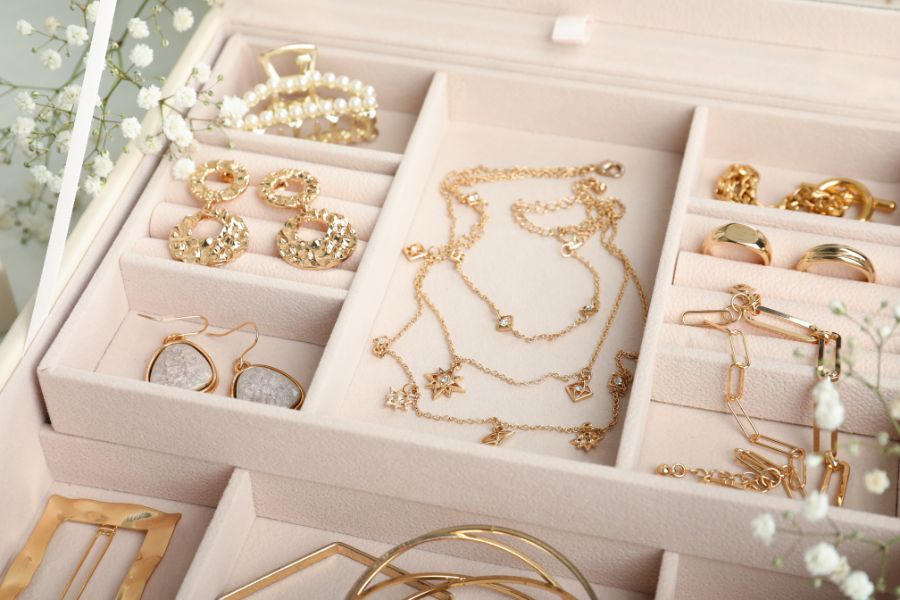
Jewelry Insurance Coverage
It’s Valentine’s Day, love, chocolate, and jewelry. We receive this great gift and then what? Many times, people believe their jewelry is completely covered under their home or renters policy. If you already have personal property coverage as part of a homeowners, renters, or condo policy, you likely already have some form of protection for your jewelry. The typical insurance policy will cover you, up to your policy limit, for jewelry that’s stolen or damaged in certain incidents, such as a fire at your home. However, the typical policy will not cover everyday damage, such as a stone falling out of its setting or sometimes mysterious disappearance.
In addition to knowing when you’re covered and when you’re not, it’s also important to know how much you’re covered for. Your insurance policy may cover each individual piece of jewelry at a set amount, such as $1,000 per piece. Or, it may cover your jewelry collection as a whole, such as $3,000 for all pieces. Check your policy or schedule an insurance review with us to better understand what kind of jewelry coverage you have.
Calculate the Value of Your Jewelry Collection in Today’s Dollars
To determine whether you have enough jewelry insurance, you need to know how much your pieces are worth. Keep in mind that your pieces may be worth more now than when you bought them. The value of precious metals and precious stones can increase over time, so have your pieces appraised about every three years.
Use these appraisals, as well as receipts for recently purchased items, to add up the value of your collection. Then compare it to how much jewelry replacement coverage you have on your homeowner’s insurance, condo insurance or renters’ insurance.
Decide Which Items Require Additional Coverage
If the jewelry coverage on your policy is lower than the value of your collection, you’ll likely want to purchase additional coverage. For example, you may have a $2,000 pair of diamond earrings, a $7,500 engagement ring and an insurance policy that covers jewelry loss — no matter how many pieces — at $3,000. If both pieces are lost in a single incident, you’re short $6,500 of coverage.
To fill this gap, you can insure high-value items individually, as part of your homeowner’s insurance, condo insurance or renters’ insurance. This is known as “scheduling valuables” or adding a “rider” or “endorsement” to your policy. To do so, you will likely need a recent receipt or appraisal establishing the value of each item.
Once scheduled, if an item is damaged or lost in a covered incident, you’ll be covered for the full scheduled amount. Typically, scheduling an item also gives you broader coverage. A lost stone that isn’t covered under your homeowner’s policy, for example, is likely covered under a policy rider.
Catalog Your Jewelry
Once you arrange coverage for your jewelry, it’s important to create a home inventory or update an existing one to catalog your valuable belongings. This isn’t as important for your scheduled pieces because your insurance company has a record of their value. However, for any unscheduled pieces that are lost or stolen, you’ll want a record of their worth.
Ideally, your home inventory will include photos, receipts, appraisals, descriptions, brand names, etc. of all valuable personal property, not just your jewelry. That way, if there’s a loss, you’ll already have the documentation needed for a personal property claim in place.
A home inventory can be as simple as a Word document (save it to the cloud or a flash drive in case your computer is damaged or stolen). Or use a Web program or mobile phone app, such as the home inventory app, to help you catalog your belongings.
Insuring jewelry is easy and affordable, so talk to us about it. If you get something special this year, in addition to flashing it to your friends, think about protecting it, too.
Call us to talk about your jewelry questions or any other insurance items on your mind!
